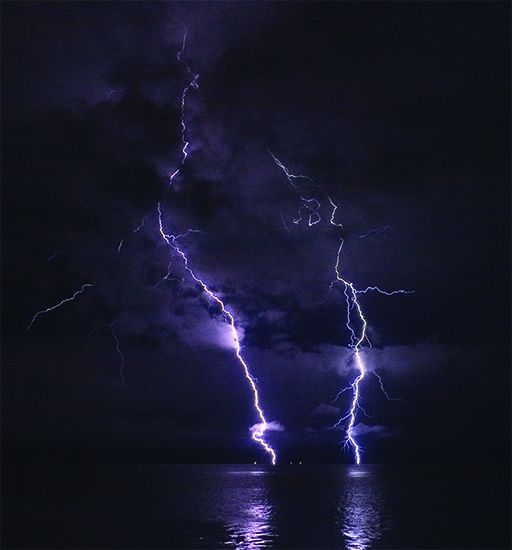Long ago and far away, I rented a 182 from my FBO in Tennessee and flew off to visit friends in Florida. As often happens, the friends wanted to fly somewhere, so one morning we piled in and launched for Key West. The flight down was unremarkable, even though I probably was a few pounds overgross for the takeoff. We burned enough fuel on the trip down that weight wasn’t a problem for the return flight.
But we might have stayed in Key West too long. It was summer—isn’t it always summer in Florida?—and we took off around dusk, VFR, following the Keys east until the required overwater portion was short. Turning north toward our destination found us over the Everglades on a moonless night. Ground lighting was in short supply—alligators don’t need a night light. The result was little reference to the ground and no natural horizon. That was fine as far as it went, but there were complications.
First, two members of the group had gone scuba diving that day, and I was concerned about their flight home: I didn’t want them to get the bends. So we stayed low, at about 2500 feet msl/agl. You can fly over the entirety of Florida and a lot of the U.S. east coast at 2500 feet agl and there’s not a thing to hit, except the radar balloon east of Key West. We missed it.
Second, the day’s popcorn thunderstorms were dying down, but hadn’t completely dissipated. Before we took off on the return, they looked angry enough that I knew to avoid them. The problem was that I couldn’t see them. Did I mention it was dark over the Everglades that night?
Every now and then, a storm would let go with a bolt of lightning, giving away its position. At the same time, it illuminated the area, allowing me to see what was nearby, if only for an instant. Our 2500-foot altitude had us mostly below the cloud bases in smooth air.
While it was a moonless night, there was no high cloud cover, just stars. By looking at the sky above, I discovered I could find the nearby storm by identifying the dark areas, where the stars overhead didn’t get through. After that discovery, the storms were easy to avoid, and I was able to relax. The rest of the flight was uneventful.
I learned that a night flight over the Everglades carries with it an extra dollop of risk, and thunderstorms don’t make it any easier.
Have you encountered a situation or hazardous condition that yielded lessons on how to better manage the risks involved in flying? Do you have an experience to share with Aviation Safety’s readers about an occasion that taught you something significant about ways to conduct safer flight operations? If so, we want to hear about it.
We encourage you to submit a brief (500 words) write-up of your Learning Experience to Aviation Safety for possible publication. Each month, Aviation Safety publishes a collection of similar experiences sent to us by readers. Sharing with others the benefit of your experience and the lessons you learned can be an invaluable aid to other pilots.
You can send your account directly to the editor by e-mailing it to [email protected]. Put “Learning Experience Submission” in the subject line; add your name and daytime telephone number at the bottom of the e-mail.
Your report will be considered for publication in the Aviation Safety’s readers’ forum, “Learning Experiences,” and may be edited for style and length. Anonymity is guaranteed if you want it. No one but Aviation Safety’s editor is permitted access to the reports. Your name and telephone number are requested only so that the editor can contact you, if necessary.
While we can’t guarantee your submission will get published, we can guarantee that we’ll closely review and consider using it.
All Learning Experience submissions become the property of Aviation Safety and may be republished.




